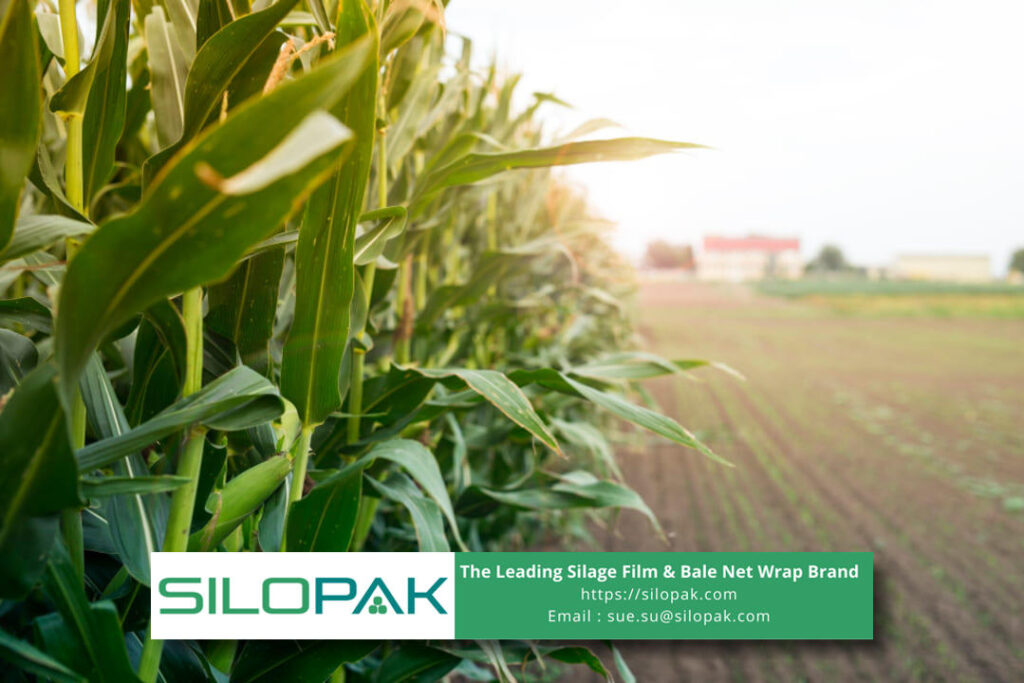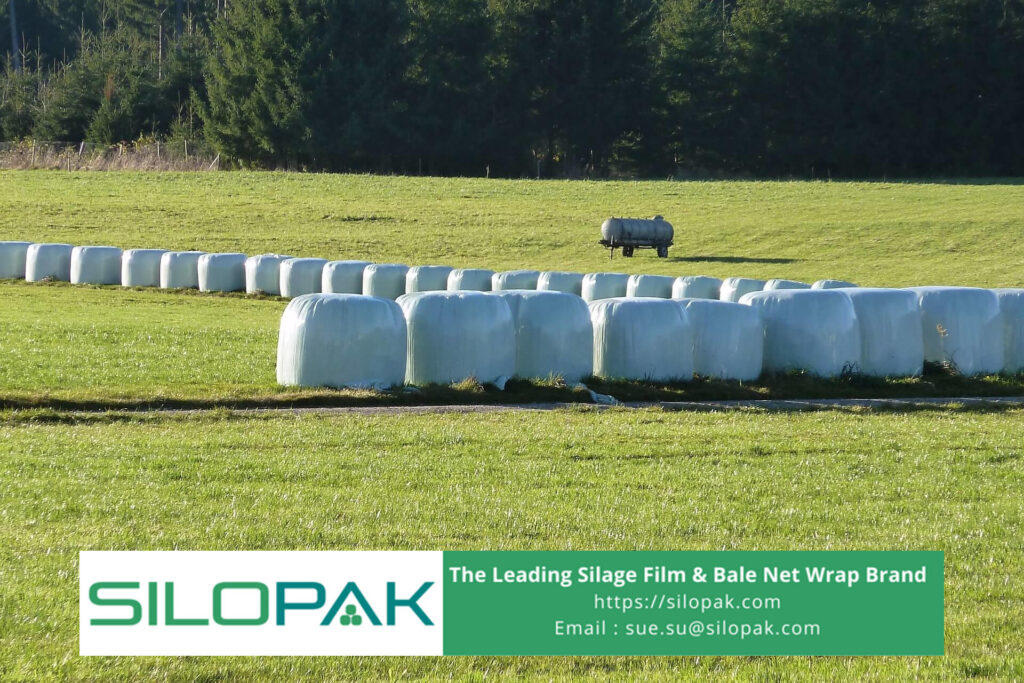
Corn silage is a forage feed that has high nutrition for livestock, especially dairy cows. The nutrients contained are very important for livestock with high production potential. In addition, corn silage is also a solution for forage feed for areas that find it difficult to obtain or produce high-quality straw feed. Then how do you make corn silage? Will corn silage ph also affect the success of this silage production?
contents
Is pH Important for Silage Production?
In general, pH or acidity has a very important effect on all types of fermentation. The fermentation process itself is a preservation process with the help of the acid content in the material to be fermented. Thus, the pH is a very important influence on the fermentation process. Although each process has a different pH standard.
The fermentation process will not run well if the specified pH is not reached. Likewise, if the pH listed turns out to exceed the rules that have been set. So the fermentation process will not work properly. Then how about good corn silage pH so that the fermentation process can run well? Previously, let’s first discuss the complete process of making corn silage.
The Correct Process of Making Corn Silage
The corn silage process begins with a bunch of harvested corn plants. The corn plants used have been pre-selected with certain criteria. The following is the correct process for making corn silage.
- Chopped or crushed harvested corn straw Try to chop the corn straw with a size of 5 to 10 cm. This process aims to facilitate the anaerobic stage. With a small size, corn straws can be compacted to maximize storage and fermentation stages.
- After the corn straw is chopped, dry it for about 6 hours. This aims to reduce the water content in the straw. If the straw is wet, the fermentation process will not work properly. What is there is decay in the straw, right?
- Mix the dry straw with other ingredients to support the fermentation process. Make sure the corn silage pH is following the provisions.
- Put the mixture into a closed container. Most of them put the straw mixture in a plastic or also called silage wrap. Corn straw must be compacted and tight. No air can enter. This was done to avoid decay that occurs in corn straws.
- Store the silage in a plastic bag for about 3 weeks. After that, corn silage can be used. As long as it is still stored in plastic, the silage can be used within the next 2 months.
The pH That Must be Considered in the Fermentation Process

Besides paying attention to the air in the fermentation process, the pH of the silage must also be the same. Good corn silage pH for the final product is in the range of 3.7 to 4.7. However, it is not only pH that is the benchmark for obtaining good-quality silage. Several other indicators support the best quality silage.
The pH of corn silage is influenced by several factors. These include the dryness level of the straw, the type of forage, the silage packaging system, and even the age of the straw when the harvest is carried out. But all return to the initial guidelines, a good corn silage pH is between 3.7 to 4.7.
When the silage has started to be packaged in a wrap, the pH will slowly decrease. If the pH reaches 5, immediately lower the pH level. Why is that? A pH that reaches 5 will cause the fermentation process to not go well. Even the possibility that happened, silage decomposed. For that, always pay attention to the pH level, don’t go past number 5 for the fermentation process.
Also, pay attention to the water content in the silage during the fermentation process. Generally, a good moisture content for silage material is 65% to 75%. If the moisture content is less than 65%, the silage will grow fungus. In contrast, if the water content reaches more than 75%, it will cause rot in the silage. For this reason, the water content also needs to be considered in addition to the pH indicator.
To ensure the silage reaches the desired pH, forage inoculants can help this. This aims to increase the stability of the fermentation. To get a low pH, you can use a straw that doesn’t wilt. Meanwhile, the straw material is easily withered, which can cause high pH levels. This can be used as a guide for you if you want to make silage from other materials, besides corn.
You can adjust the corn silage pH according to the conditions to achieve the perfect fermentation process. Pay attention to other indicators to support the pH of the straw, to be a quality feed silage. If the pH level of the silage is low, you can add acidic ingredients to keep the pH level from getting too high.
